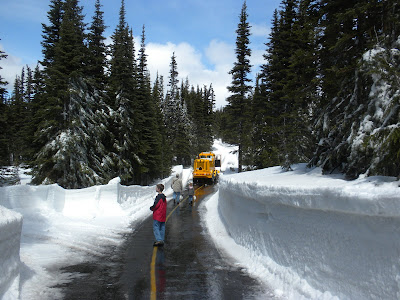
We drove up hwy 101 along the coast about 60 miles to Washburne State Park.
Before arriving we went online to see what would be interesting to visit. Once we found a site and were settled in we checked out the place.
We hiked to the Heceta Lighthouse from camp, about a six mile hike, round trip. It was like walking through a rain forest. All the branches, bushes, trees had moss growing on them. It looked like it had snowed moss on everything. We half expected Kaa, from Jungle Book, to drop from one of the branches. Once we make it out of the jungle the views were incredible.
Once we arrived at the top we sat and had lunch which we had prepared earlier. We took in the incredible views and fresh air. We toured the lighthouse once we finished with lunch.
Very interesting story behind this lighthouse. It was named after a Navy Captain Don Bruno Heceta. From this site the light can be seen 50 miles up and 50 miles down the Oregon coast. This is a website which tells about the area. The photos on the website are much prettier to view.

http://www.lighthousefriends.com/light.asp?ID=131
What the website doesn't mention is that the light within the lighthouse had roughly 380 pieces of glass that had to be cleaned by hand
daily back then, because kerosene was used to keep the light burning at night for the ships to see. To keep the light rotating weights had to be used, sort of like how a grandfather clock works.
There were 58 steps to the top of the lighthouse, our legs were screaming. There were two landings before we reached the top and each had windows to look out.
If you worked at this lighthouse you earned $600 a year, which included a place to live, back then this was good income. Because of where this particular lighthouse was located, if you had a family they had to stay here with you in the residence lighthouse as well. You had a garden and home-schooled your children. There were two additional buildings near the lighthouse that were used for storing kerosene. The closest city was Florence, about 14 miles away. Your only means of travel was by wagon. It took 3 to 4 days to travel to Florence. The trip began 4 miles over the hills then onto the beach for another 10 miles. The beach access was the trickiest, when it was high tide you could not travel the beach., it would be completely cut off.

You can not see from this photo but along the cliffs were hundreds of sea lions sunning themselves. They say this is the largest sea cave in the world, and thousands of sea lions live here.





































